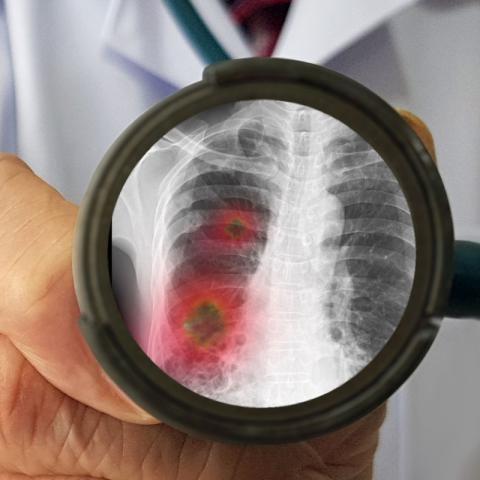Outbreaks and "Emerging" Infectious Diseases
During outbreaks, or if there is a large rise in the number of cases of an infectious disease, we may need to take additional precautions to keep people safe.
An “emerging” infectious disease is one that appears in a population or region of the world for the first time.
Additional measures during outbreaks
These additional measures help control the spread of the infection. They may be specific for high-risk groups, or general for the entire community.
For example:
-
Screening tests
-
Contact tracing and outreach to inform people of an exposure
-
Prophylactic medication (for example, giving antibiotics to children in a daycare for a short time when there are cases of meningitis)
-
Physical distancing, closing, or postponing certain activities (for example, cancelling a sports tournament if there is a measles outbreak)
-
Boil water advisories (for example, if E. coli is found in routine testing of community water)
-
Recalls on certain foods at the grocery store (for example, recalling a certain brand of a frozen vegetable)
-
Collecting and testing samples of certain animals, food, water, or buildings to identify the cause of an infection, when it is not known (for example, testing a dead animal for rabies)
What is an "Emerging" Infectious Disease?
An “emerging” infectious disease is one that appears in a population or region of the world for the first time.
It can also mean when an infection that seemed very rare starts to grow and spread very quickly.
Some diseases can be controlled and have long periods of time between any new outbreaks, or be kept at low overall levels (like MERS or Mpox).
Others stay long-term and need a sustained effort to control them (like COVID-19, West Nile Virus and HIV).
Public Health monitors emerging diseases closely to learn how they spread, how they affect our health, and how to treat them.
Even if emerging diseases can be stabilized, it can still require a lot of ongoing effort to keep people safe.
We have more tools and treatments to help protect people now than in the past.
Sometimes keeping each other safe requires changes to the way we live in the long term. For example, regularly testing for infections during pregnancies, using bug spray to prevent mosquito bites, or checking ourselves for ticks after spending time outdoors.
Some recent examples of emerging diseases that you may recognize are:
- Mpox, formerly called “Monkeypox” (many outbreaks in 2022)
- Zika virus (important outbreaks in 2015 and 2016)
- Ebola virus

Did you know?
Diseases that have been controlled for a long time can also come back or "re-emerge" if we stop acting to keep it controlled.
For example, measles has been seen again in places where not enough people are vaccinated against it, and syphilis has returned where people are not able to get regular screening tests and treatment.
Explore more about Infections

Infections happen when germs enter someone’s body, and start to make the person sick.


